BENJAMINE WILLIAMS LEADER (1831-1923) BRITISH - REF No. 2020
Product Details
H: 20 in / 50.8 cm ; W: 30 in / 76.2 cm
A very fine 19th century coastal scene painting of the Atlantic Ocean in Tintagel, Cornwall, United Kingdom by Benjamin Williams Leader in a fine gilt frame.
Artist: Benjamin Williams Leader (1831-1923) , British.
Medium: Oil On Canvas
Signed: B. W. Leader (Lower Left)
Dated: 1870
Canvas Size: H: 20 in / 50.8 cm ; W: 30 in / 76.2 cm
Framed Size: H: 27 1/2 in / 69.8 cm ; W: 37 1/4 in / 94.6 cm
Artist Biography:
Leader was born in Worcester as Benjamin Leader Williams, the son, and first child of eleven children, of notable civil engineer Edward Leader Williams (1802–79) and Sarah Whiting (1801–88). His father was described as a "non conformist dissenter" and his mother was a Quaker – their marriage in an Anglican church resulted in them being disowned by the Society of friends.
Leader's father was a keen amateur artist – a friend of John Constable – and Benjamin would often accompany him on sketching trips along the banks of the River Severn. His brother, also Edward Leader Williams, later became a notable civil engineer who was knighted for his work, and is now mainly remembered for designing Manchester ship canal – which was to become the theme of Leader's largest painting. The family eventually came to reside at "Diglis House" – now a hotel.
Leader was educated at the Royal grammar school, Worcester, and initially worked at his father's office as a draughtsman while studying art in the evenings at the Worcester school of design. In his free time he also did a lot of "open air" landscape painting.
In 1854, at the age of 23, he was admitted as a student to the Ryal Academy schools in London, and, unusually, in his first year, had a picture accepted for exhibition there, "Cottage children blowing bubbles", which was subsequently sold to an American buyer for £50 – a large sum in those days. Subsequently his work appeared in every summer exhibition at the academy until 1922, when Leader was 91 years old. He also had some early works exhibited at the "National Institution", Portland Place in 1857–58.
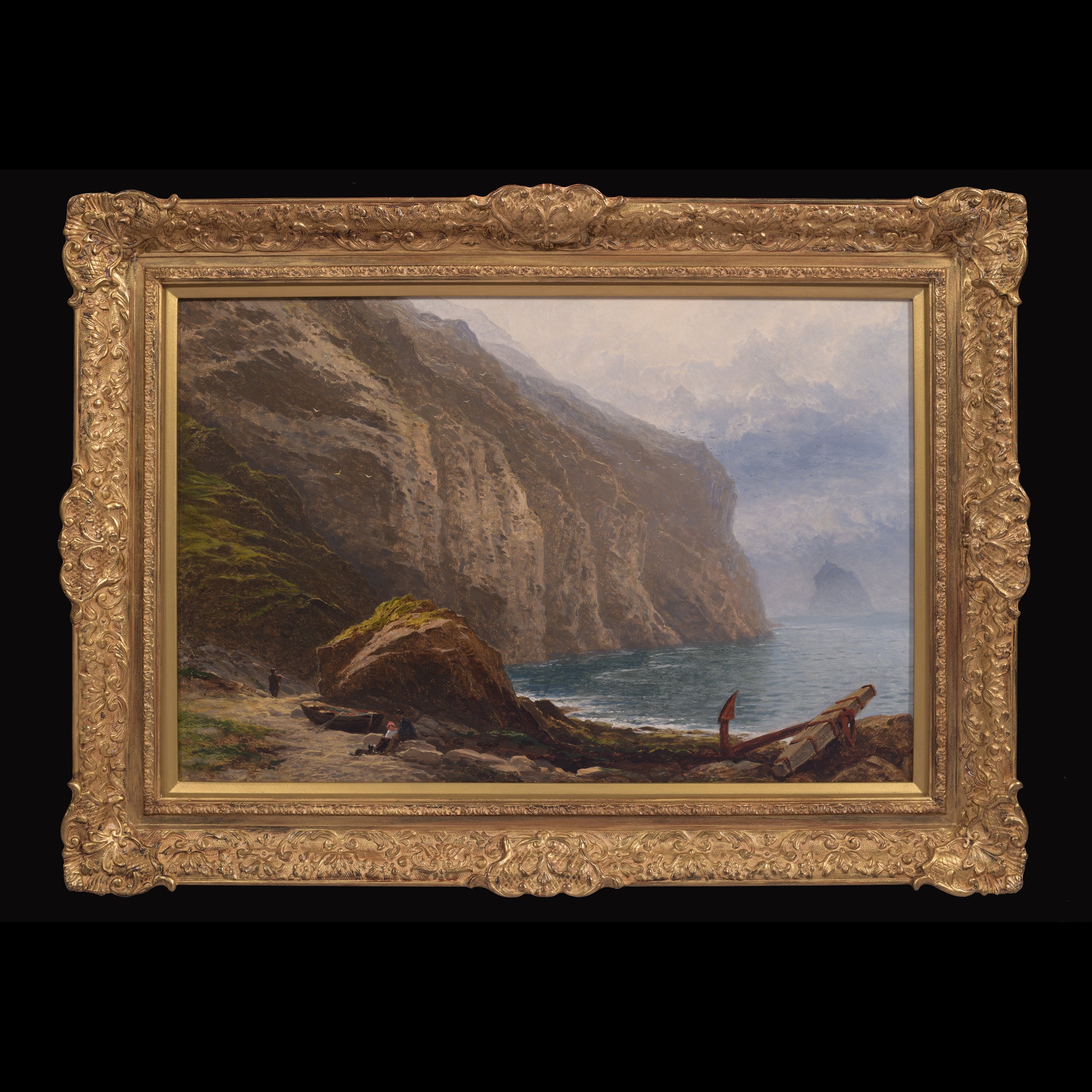
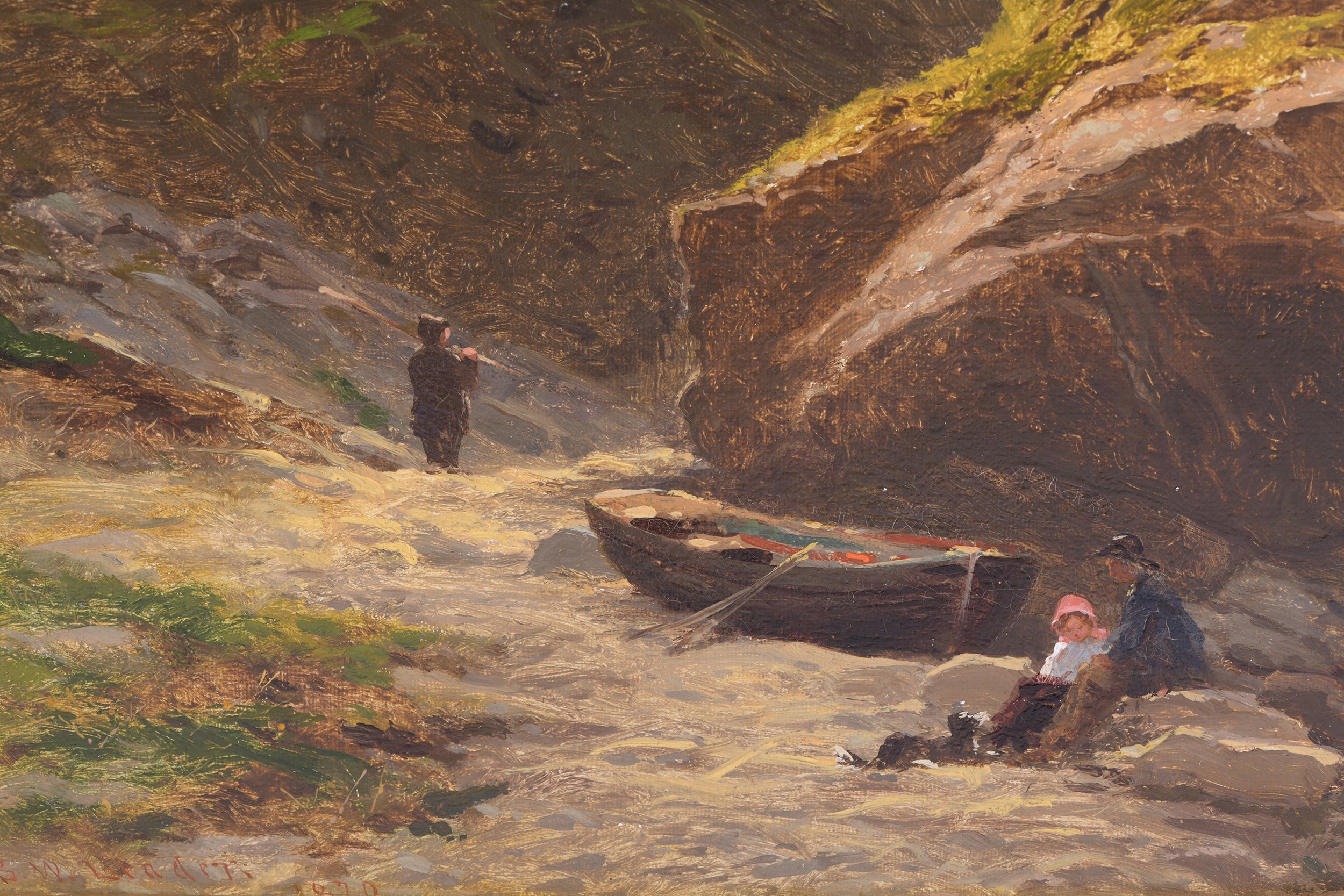
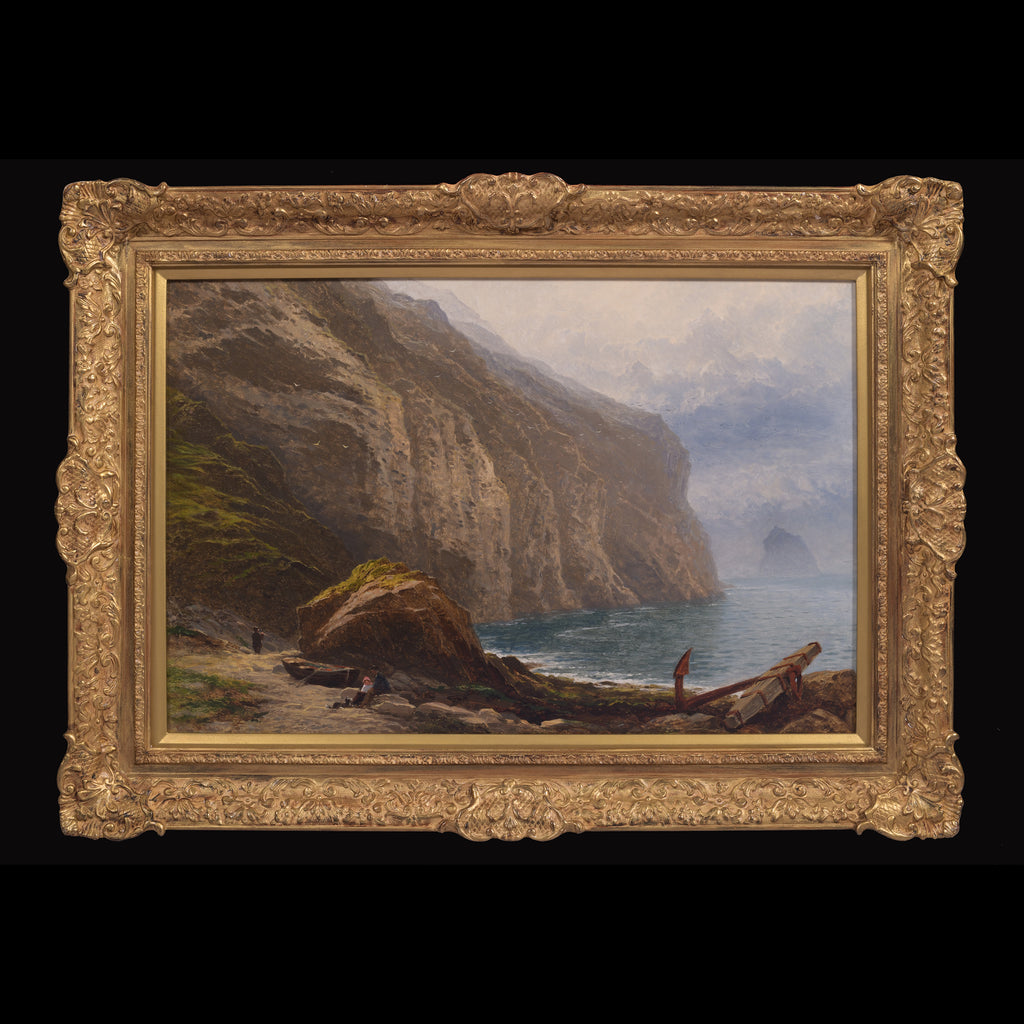
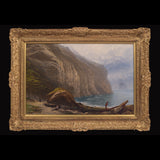
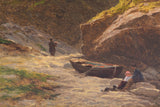
Connect